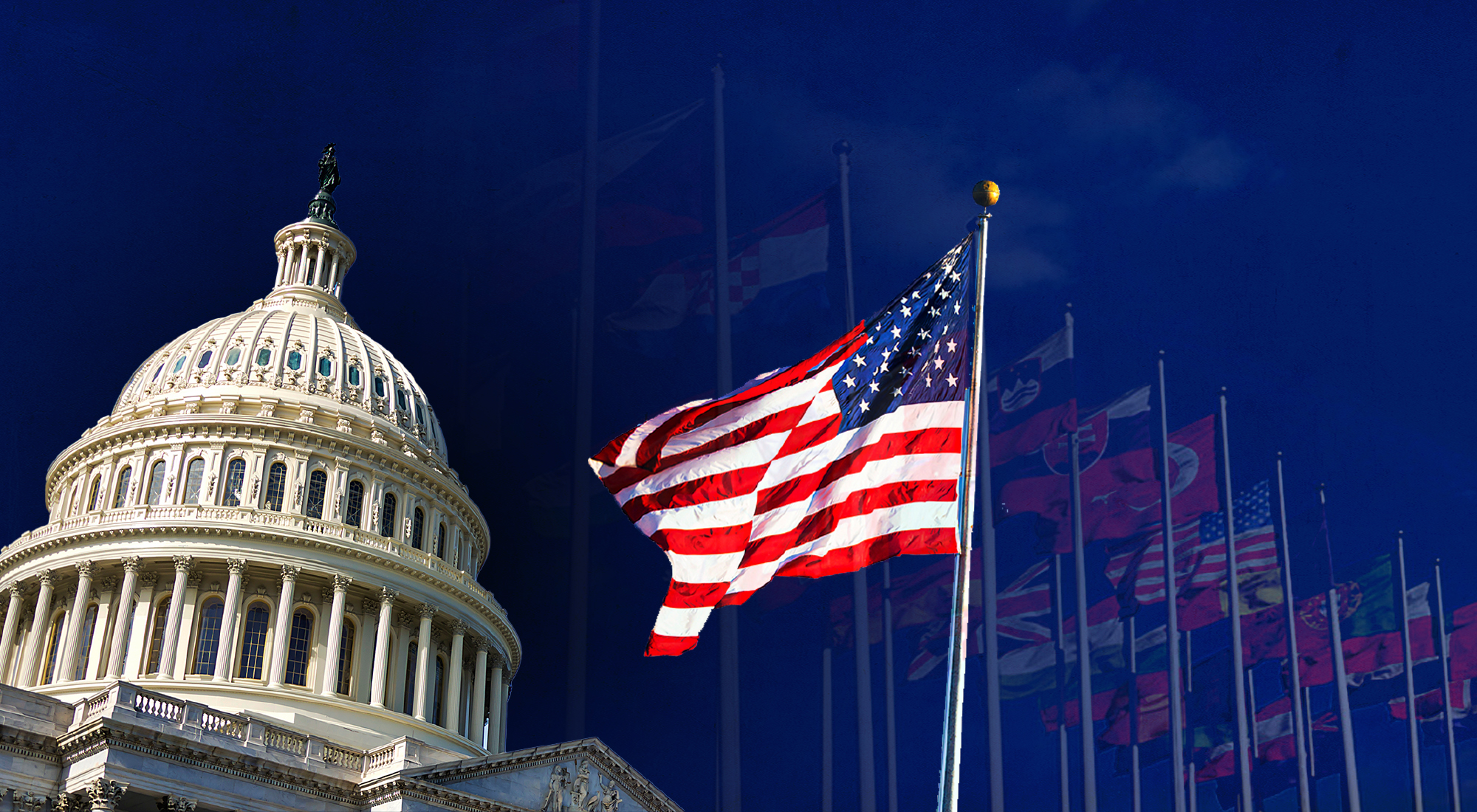As climate change rises to the top of the global agenda in 2025, the world faces mounting pressure for collective action. Yet, U.S. leadership remains uncertain—oscillating between re-engagement and retreat. With pivotal events like the upcoming COP 30 in Belém, Brazil, the BRICS summit stance, and UN fossil-fuel resolutions on the table, the U.S. sits at a crossroads: reclaim a leadership role or risk losing influence to emerging coalitions. Here’s a dive into what’s unfolding, why it matters, and whether the U.S. can steer a unified climate front.
1. 🇺🇸 U.S. Policy Whiplash: A Legacy of Dependability—or Volatility?
Trump’s Second Paris Exit
On January 20, 2025, President Trump issued Executive Order 14162, formally withdrawing the U.S. from the Paris Agreement and related climate commitments—a second time. This entailed halting financial pledges to the Green Climate Fund and the loss-and-damage mechanism
Consequences
This move disrupted funding to developing nations and signalled a retreat from global climate cooperation. The U.S. also shut down its climate diplomacy office ahead of COP 30 .
Responses
World leaders, from the UK’s Rachel Kyte to the Global South, voiced concern. The retreat has been perceived as damaging to trust in U.S. reliability on climate
2. 🌐 The Rise of Alternative Climate Leaders
BRICS Align on Finance
At the BRICS summit in Rio, leaders linked climate action with justice, pressuring wealthy nations to back Green transitions. Brazil introduced a Tropical Forests Forever Facility, while BRICS called for universal climate finance support
Fossil-Fuel Phase-out Vote
In Geneva, the UN Human Rights Council prepared for a historic vote urging global fossil-fuel phase-out. Supporters include Australia, Germany, and small island states; opponents are oil-exporting countries and the U.S.—absent from the effort
3. 🔄 U.S. Tries Bilateral Engagement After Ire
U.S.–China Cooperation
Despite federal retreat, climate envoys from the U.S. and China—such as John Kerry and Liu Zhenmin—continued co-operation on circular economy projects, demonstrating bilateral resilience
Regional Diplomacy
The U.S. backed South Asia climate diplomacy, including India-Pakistan smog initiatives. Climate adviser Ali Zaidi emphasized the importance of cross-border regional partnerships
Subnational Diplomacy
Local U.S. leadership is increasingly crucial. Over 1,400 mayors have endorsed climate goals via CHAMP, enhancing domestic-global coordination

4. 💸 Climate Finance: U.S. Commitment or Shortfall?
U.S. Funding Redux
While past commitments included $3 billion to the Green Climate Fund, Trump’s administration froze contributions after $500 million
Private-sector Support
In response, Bloomberg Philanthropies and other NGOs pledged to back UNFCCC obligations, stepping in where federal funding dropped
Global Pledge Gaps
COP 29’s promise of $300 billion annually by 2035 and the roadmap for $1.3 trillion fell short of many developing nations’ demand for $500B/year
5. 🚨 Implications of U.S. Retreat
- Eroded Trust: Developing nations report a “trust deficit” in U.S. climate commitments
- China’s Advantage: With U.S. pulling out, China’s Belt & Road Initiative is filling the void—especially in Southeast Asian green energy
- Multilateral Stress: This seesaw undermines frameworks like the Paris Agreement and complicates burden-sharing among richer nations
6. 🛠 Can the U.S. Rebuild Leadership?
Re-entering Paris?
The U.S.’ formal Paris exit finishes in early 2026—opening the door for rejoining. However, that process remains politically unpredictable .
Congress & Budget Strategy
Legislative measures like the Inflation Reduction Act and bipartisan calls for expanded climate foreign aid could help rebuild credibility
Diplomacy Beyond D.C.
Track‑2 diplomacy (think-tank and academic dialogues), alongside sustained subnational partnerships and U.S.–China engagement, are soft-power channels that may preserve influence.
7. 🏛 COP 30: A Critical Test
Hosted in Brazil
From November 10–21, 2025, COP 30 in Belém will spotlight deforestation efforts. Brazil’s COP presidency will underscore tropical forest conservation
U.S. Participation?
Without a designated climate office, meaningful U.S. presence in these negotiations could be limited—further diminishing its global weight.
Competing Blocks
BRICS and Global South coalitions may push alternative climate proposals—potentially reshaping international climate architecture without the U.S. voice .
8. 🧭 Risks & Opportunities Going Forward
Risks
- A U.S. vacuum could fracture Paris-aligned coordinated strategy for finance, fossil-fuel reduction, and adaptation funding.
- Resistances could embolden China-led initiatives, eroding existing multilateralism.
- Developing nations might pivot toward South-South collaboration—potentially marginalizing the U.S.
Opportunities
- U.S.-China collaboration models show climate action can transcend rivalries.
- Subnational support and track‑2 diplomacy keep influence alive without full federal immersion.
- NGOs and private actors can fill state-caused climate-finance voids in the interim.
🤔 Can the U.S. Unite the World Again?
To lead effectively in global climate diplomacy in 2025, the U.S. must:
- Stabilize domestic policy—limit policy whiplash across administrations.
- Resume international cooperation, rejoin Paris, and keep climate envoys active.
- Reignite financial support, meeting or exceeding previous pledges for green finance.
- Leverage diplomacy and track‑2 networks to maintain influence.
- Reinforce multilateral alliances in Europe, India, Brazil, and South-East Asia.
- Empower local leadership, syncing federal policy with city and state initiatives.
9. 📌 Final Word
In 2025, climate diplomacy is a global chessboard. U.S. withdrawal has shaken trust and emboldened alternative leadership—but not obliterated the U.S.’s potential. Innovative diplomacy, resilient subnational coordination, and financial reaffirmation could reassert its role. Whether the U.S. wins back its leadership will determine whether the world acts as a unified front—or fractures across geopolitical lines—when climate urgency demands collective action.




